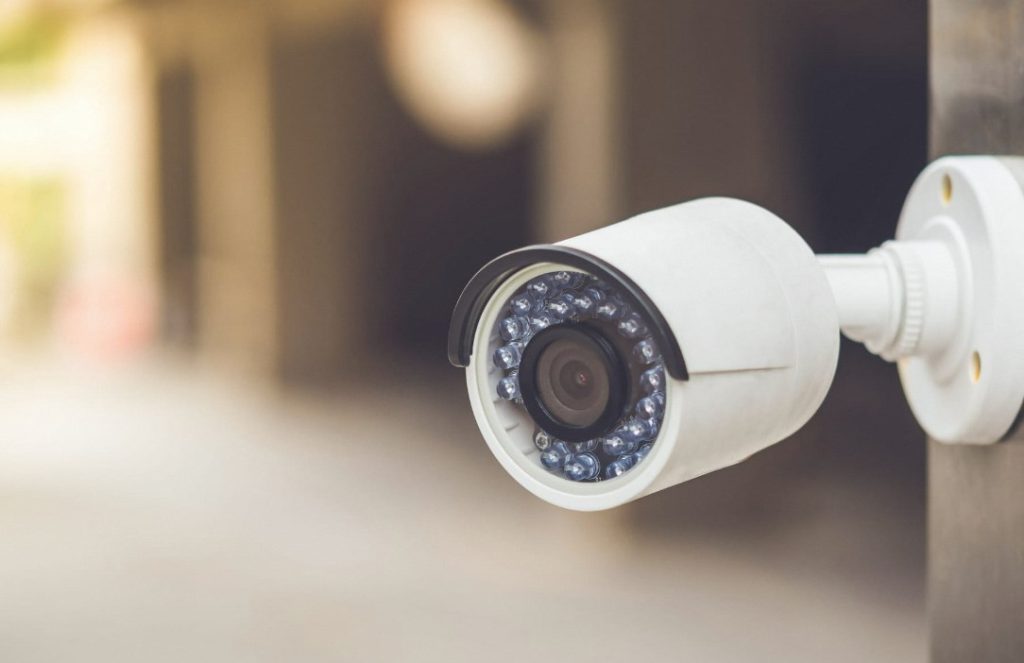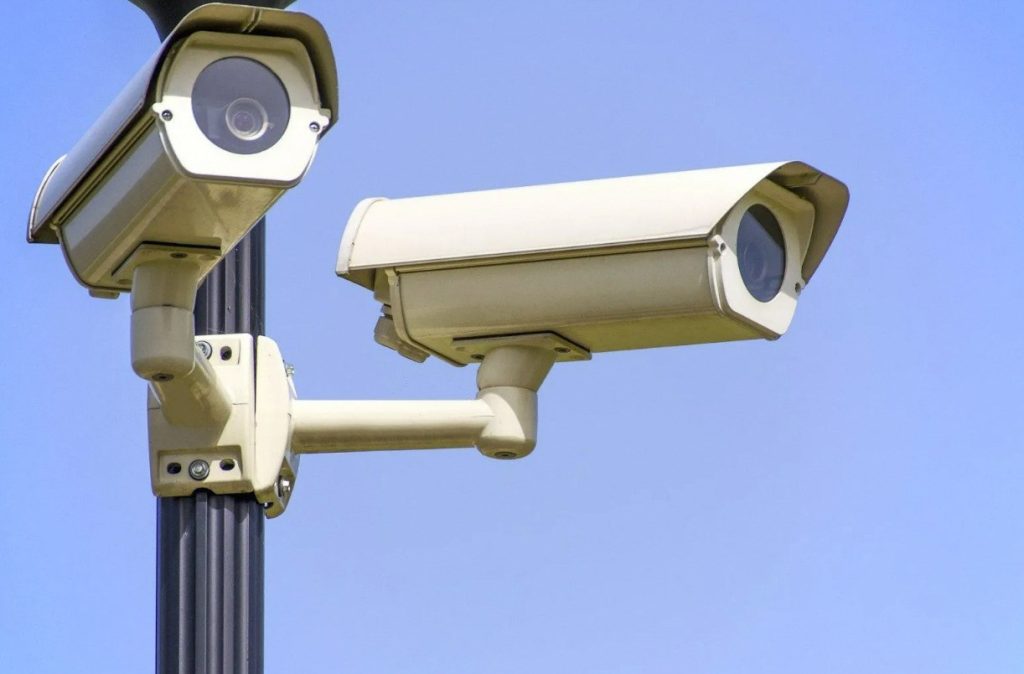In today’s world, prioritizing home security is paramount. Smart home cameras have emerged as a powerful tool in this regard, offering a convenient and effective way to monitor your property remotely. These versatile devices go beyond simple surveillance, providing features that deter potential intruders, alert you to suspicious activity, and even allow for two-way communication. This article explores the benefits of incorporating smart home cameras into your security system, highlighting key features to consider when choosing a camera, and offering tips for optimal placement and usage.

Part 1: The Power of Smart Cameras – Beyond Traditional Security
Remote Monitoring for Peace of Mind:
Smart home cameras allow you to monitor your home from virtually anywhere with an internet connection. Whether you’re at work, running errands, or traveling, you can access live camera feeds and check in on your property, offering a constant sense of security and control.
Deterrence and Evidence Capture:
The installation of a visible smart camera can serve as a substantial deterrent to potential intruders. Many of these cameras are equipped with advanced motion detection features that automatically trigger alerts and recordings when any movement is sensed within their range. These recordings can prove to be valuable evidence in the unfortunate event of a break-in, facilitating law enforcement investigations and potentially leading to the apprehension of the perpetrators. Moreover, the visibility of such cameras acts as a preventative measure, dissuading individuals with malicious intent from attempting unauthorized entry or criminal activities on the property. The presence of smart cameras not only enhances the security of the premises but also offers homeowners peace of mind, knowing that their property is being actively monitored and protected. This proactive approach can effectively safeguard against potential security threats and provide valuable assistance in the event of an intrusion.

Part 2: Choosing the Right Camera for Your Needs – Key Considerations
Indoor vs. Outdoor Use:
Smart home cameras offer specialized options tailored for indoor or outdoor use. Indoor cameras prioritize features such as night vision, wide-angle views, and high-resolution imaging to capture clear footage of activities within the home. They are intended to be discreet and blend seamlessly with the interior decor, providing comprehensive surveillance of indoor spaces while minimizing any obtrusiveness.
Outdoor smart cameras are engineered to withstand changing weather conditions and are typically weatherproof. They come equipped with robust enclosures that shield them from the elements and often feature enhanced night vision capabilities to capture clear footage in varying lighting conditions, ensuring uninterrupted surveillance regardless of the time of day or environmental factors.
By offering tailored features for specific environments, smart home cameras provide homeowners with a comprehensive security solution that effectively addresses the distinct surveillance needs of both indoor and outdoor spaces, contributing to the overall safety and protection of the property.

Resolution and Features:
Consider the video resolution you desire. Higher resolutions offer sharper images and better zoom capabilities, but require more bandwidth and storage space. Additional features like two-way communication, built-in sirens, and cloud storage options can enhance functionality but may affect the price tag.
Part 3: Strategic Placement for Maximum Coverage – Optimizing Your Camera System
Entry Points and Common Areas:
It is important to prioritize the placement of cameras near entry points such as doors and windows, as these are prime targets for potential intruders. Additionally, it is advisable to consider covering common areas such as hallways, living rooms, and kitchens to effectively capture all activity occurring within your home. By strategically placing cameras in these locations, homeowners can enhance the security and surveillance capabilities of their property, ensuring that they can promptly observe and address potential security breaches or suspicious activity. This comprehensive coverage can also act as a deterrent for would-be intruders, while providing peace of mind for residents by offering a clear, comprehensive view of the activities and movements within and around the home.
Concealment vs. Visibility:

Finding the right balance between concealment and visibility is essential when it comes to home security. While strategically placed hidden cameras can serve as a deterrent for potential intruders and offer discreet surveillance, visible cameras with deterrent features can be equally effective. The decision on whether to opt for hidden or visible cameras ultimately depends on your personal security preferences and the layout of your property. For some homeowners, the presence of visible cameras can act as a strong visual deterrent, deterring potential intruders from targeting the property. On the other hand, strategically placed hidden cameras can capture activities discreetly, preventing potential intruders from recognizing surveillance points. Assessing the specific security needs of your home and considering various factors such as the layout, potential entry points, and the surrounding environment can help determine the most effective approach for your home security system.
Part 4: Utilizing Your Smart Cameras Effectively – Tips for Everyday Use
Integration with Smart Home Systems:
A significant advantage of many smart home cameras is their seamless integration with smart home systems. This enables users to control the cameras using voice commands or set up automated actions to enhance security and convenience. For instance, you can program smart lights to turn on when motion is detected by the cameras, creating the illusion of someone being home even when you’re away. This not only provides an added layer of security by deterring potential intruders but also offers convenience and peace of mind for homeowners. Furthermore, some smart home cameras can integrate with other smart devices, such as smart locks or doorbells, enabling comprehensive security measures that users can control and monitor through a centralized system. This interconnectedness and automation create a versatile and effective home security solution that can adapt to different scenarios and enhance the overall safety of the home.

Night Vision and Motion Alerts:
Take advantage of night vision capabilities to monitor your home even in low-light conditions. You can customize motion detection alerts to minimize false triggers, ensuring that you’re only notified of potentially suspicious activity.
By incorporating smart home cameras into your security strategy, you’ll gain peace of mind, enjoy the convenience of remote monitoring, and potentially deter crime. With a variety of options available, you can choose cameras that perfectly suit your needs and budget. Remember, strategic placement, effective utilization, and integration with your smart home system will maximize the effectiveness of your smart home camera network. So, take control of your home security and experience the peace of mind that comes with knowing your property is always within view.


